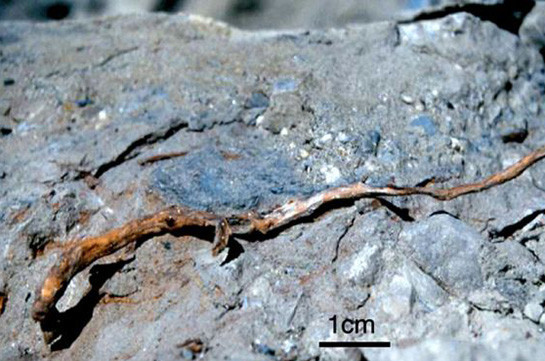
04/04/2019 12:23
Climate change: Warning from 'Antarctica's last forests'
Scramble across exposed rocks in the middle of Antarctica and it's possible to find the mummified twigs of shrubs that grew on the continent some three to five million years ago.
This plant material isn't much to look at, but scientists say it should serve as a warning to the world about where climate change could take us if carbon emissions go unchecked.
The time period is an epoch geologists call the Pliocene, 2.6-5.3 million years ago.
It was marked by temperatures that were significantly warmer than today, perhaps by 2-3 degrees globally.
These were conditions that permitted plant growth even in the middle of the White Continent.
Higher, too, were sea-levels. It's uncertain by how much, but possibly in the region of 10-20m above the modern ocean surface.
What's really significant, though, is that the amount of carbon dioxide in the atmosphere was very similar to what it is today - at around 400 CO2 molecules for every million molecules of air.
Indeed, the Pliocene was the last time in Earth history that the air carried this same concentration of the greenhouse gas.
And it tells you where we're heading if we don't get serious about addressing the climate problem, cautions Prof Martin Siegert from the Grantham Institute at Imperial College London.








